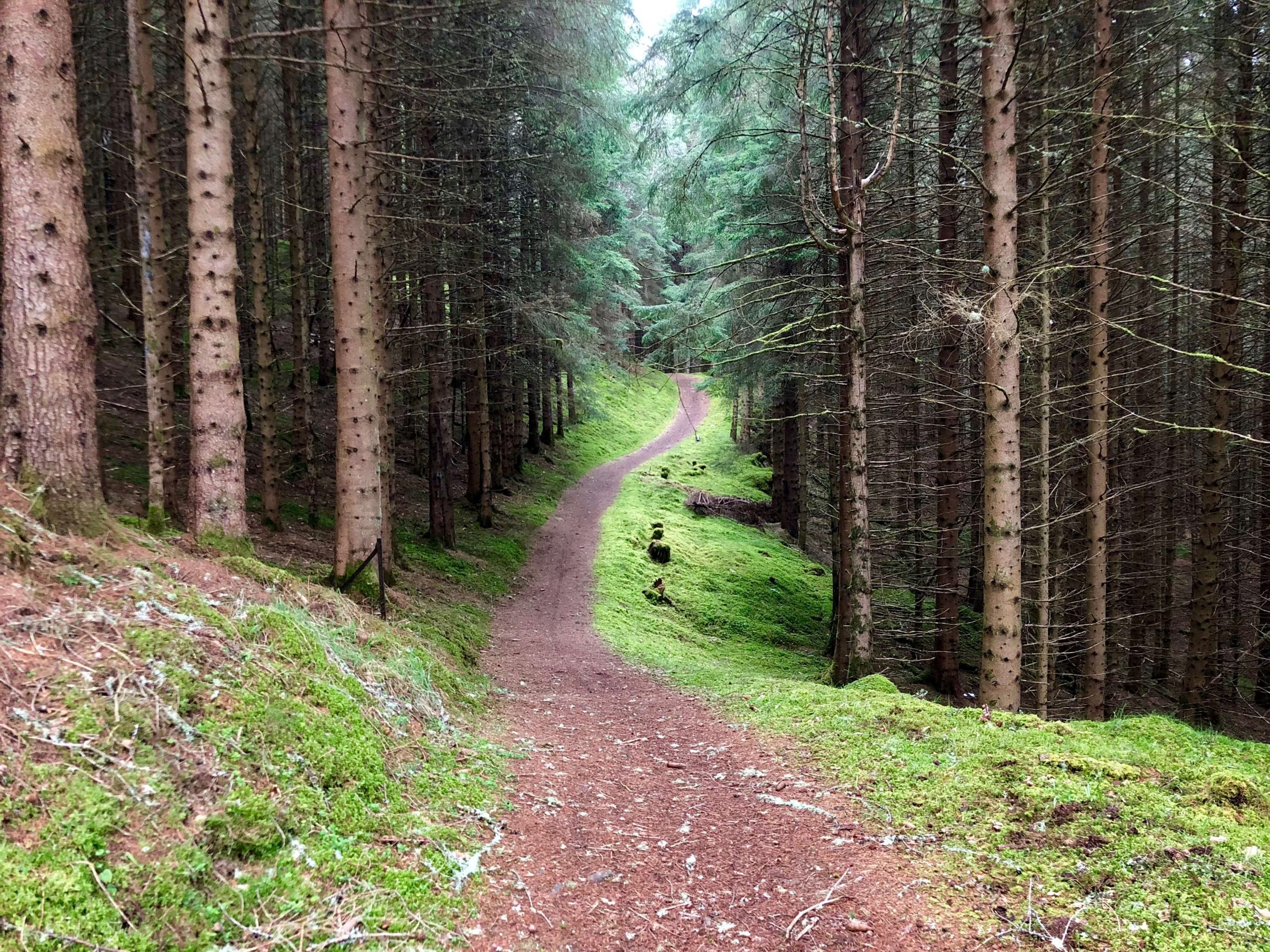
Here we are again with yet another new year after one that seems to have blistered by. Indeed, it wasn’t a complete year on our business end, what with the restaurants not opening until after the first quarter, but from there it quickly picked up momentum.
I got home to Portugal a couple of weeks ago after a two-month California trip that was capped by my catching a strange (non-Covid) bug that was mild but lasted for more than three weeks; it even moved into my chest and called for antibiotics to head off the possibility of pneumonia. I wasn’t able to see everyone I wanted to see, but I was happy to get together with many of my friends and family, and to connect with our company staff on a deeper level than a Zoom call. I’m so proud of each of them and feel privileged to work with such talented and thoughtful people.
Inflation. Wow! I remain shocked by the overall price increases of food products at the grocery store and in most restaurants, and some of our growers are feeling the brunt of the trend, saying that it’s all due to material shortages from freight delays, etc. But what I’ve seen so far from them is very modest—not much more than what it takes to cover these increased costs. Meanwhile, some other suppliers take advantage of higher market prices, bloating their margins even when their costs have gone down.
Here at the Source, we wish you the best luck and great fortune in the new year.
I love writing our newsletter. It’s a great outlet for me to communicate to you—relatively unhindered—from what is basically isolation here in our homebase of the Portuguese countryside. There’s a lot arriving this month (including three new producers!) from many different countries, including France, Italy, Austria and Spain. I’ll try to keep it short, but if you’ve seen our newsletters before, you’ll have noticed this isn’t easy for me because there’s so much to share.
During my recent visit to California, I had the chance to show some older vintage wines from David Duband to our top buyers in San Francisco, Los Angeles and San Diego; they were on fire, and he now has a lot of new fans. In the end it became a feeding frenzy, and the allotments we offered sold out every day, sometimes forcing us to find different wines to show midway through our tasting appointments.
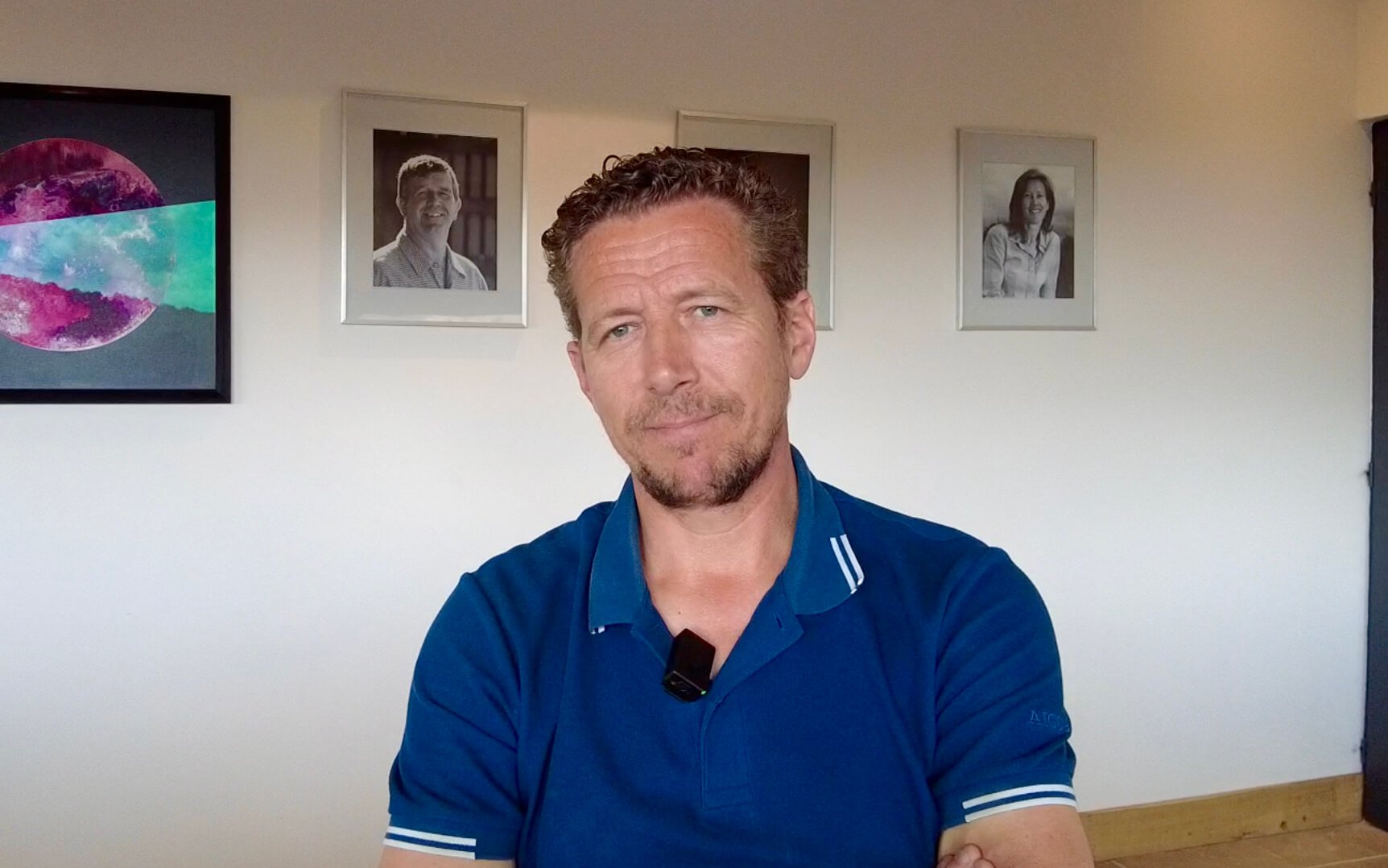
Duband’s 2018 and 2019 wines are not what one would expect from these two vintages known for their greater ripeness levels. For Duband, both are fresh and, remarkably, under 13.4% alcohol across the entire range—not something that most domaines can boast, something David made sure to point out. Along with the range from Demougeot in 2018 and 2019, Duband may be one of the only other domaines we import where I find the vintages relatively equal in both quality, interest and overall personal stylistic preference. I am generally not one for wines that are too far from red tones if redness is the common characteristic of the grape variety, specific terroir, or traditional style—which isn’t to say I’m against purple or blacker wines, if that’s what the varieties/terroirs usually create without too many cellar techniques involved. Redness in red Burgundy to me usually suggests that there is less hand in the wine and a greater freshness at the fruit level, but this is only my perspective. Escaping darker tones was nearly impossible in these vintages due to the intensity of the sun (certainly not even close in overall redness of the 2017 vintage), but thankfully red fruit characteristics still dominate chez Duband, with the darker notes a nice contrast and a welcome contributor to each wine’s overall complexity.
In the 2012 edition of the French publication, Le Guide des Meilleurs Vins de France, they went so far as to say that the turning point of Duband’s style closely reflects the great wines of Lalou Bize-Leroy, that his wines show themselves to be precise and of an astounding purity with each cru displaying the correct reading of its terroir. It’s big praise to compare him even slightly to Leroy, and don’t get too huffy yet you Burgundy elites; we should all understand this as a potential overstep only in that it includes almost mythical, untouchable, demigod-level wines from Domaine Leroy; Domaine and now Maison Leroy wines are mostly well out of my (and most people’s) budget, but there was a time where they were accessible, even for a poor sommelier, so I’ve had my fair share. There have been few wines in my life that have marked me with such vivid emotions that still resonate with me today as some I’ve had from Leroy.
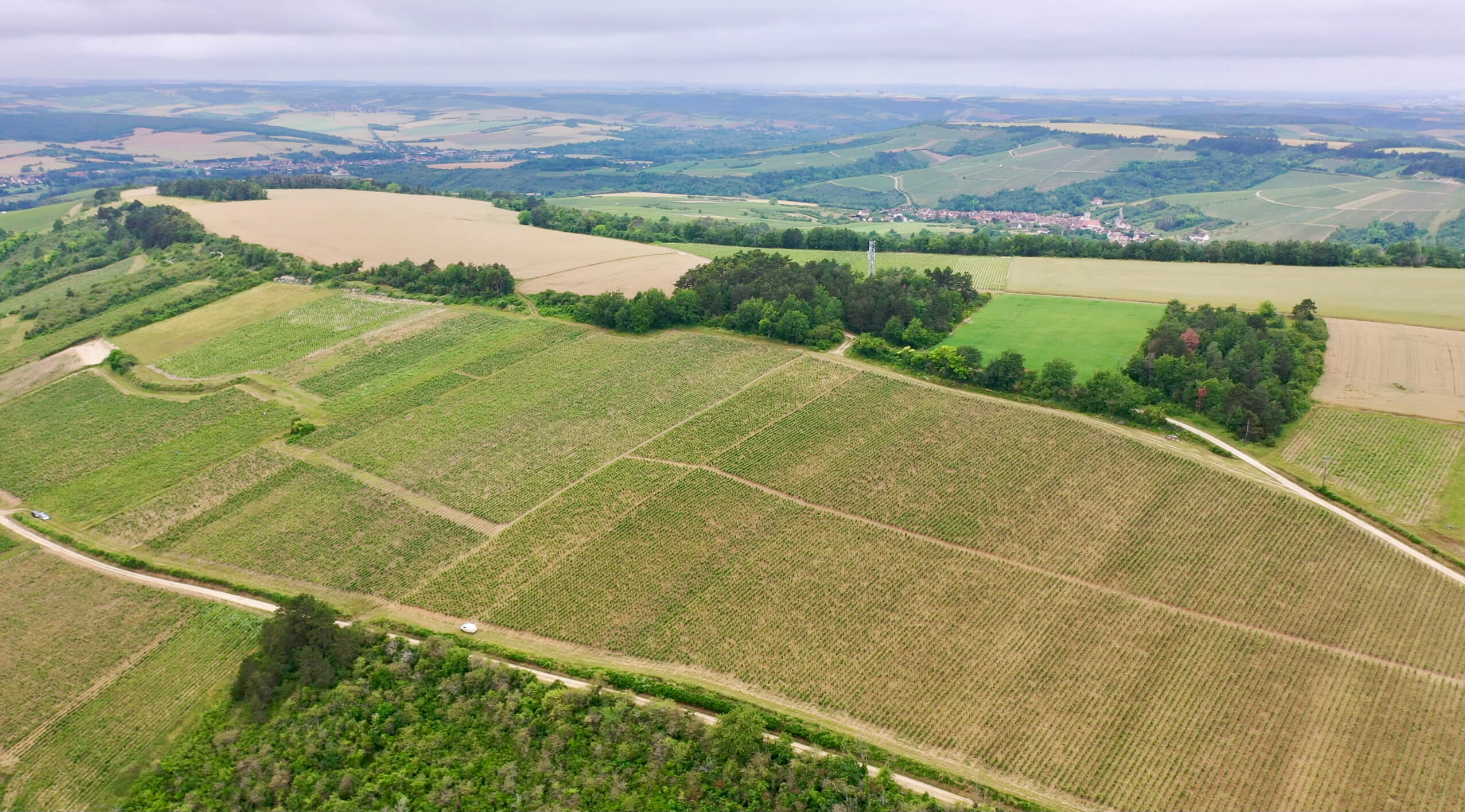
Part of Le Guide’s commentary I find to be a cornerstone statement about Duband’s style. His range of wines as a body of work demonstrate with crystal clarity each wine’s terroir. Great things have happened at this domaine and they continue to do so. His wines remain one of the best bargains in the Côte de Nuits; seriously, how many domaine-bottled wines of this quality are selling at close to négociant prices? Duband is crushing it, and I was even more convinced as I showed his wares around CA, observing about fifteen or sixteen different wines across many different days, each with twelve hours of evolution after opening. They were all startling and had magical moments throughout the day. This year, there are fewer bottles than any allocation we’ve had since we started with David, so lap ‘em up. You’ll be happy you did.
There’s a new video on our website where David takes us through the entire range of wines we import. Don’t miss it if you want to better know this thoughtful and playful man. Here’s the link: https://thesourceimports.com/videos/
Rioja is one of the wine world’s most intimidating sleeping giants; even though the region is very present on a global scale, the overall quality of this region’s wines is underwhelming—either it’s made by people who neglect quality for higher-volume production, or craft far overplayed wines in pursuit of critical press. I’m relatively new to Spanish wines as an importer and was warned against trying to go hard on Rioja, and I’ve tasted so many astoundingly bad ones that it wasn’t easy to jump on the train. But there is something happening over there. Combine one of the world’s greatest wine regions with a new-generation of idealists who are breaking out of the American-oak, over-extracted wine style and walking into their craft with their eyes wide open to the world. A generational revolution is en route, we want to be a part of it, and we’re starting with one who many consider to be its quiet leader.
When I began to sniff around Rioja, I started by seeking suggestions from our Galician winegrowers. They asked their Spanish distributors, who then asked their top sommeliers in Michelin-starred restaurants. One name consistently came up, either in first place on their list or in their top three or four: Artuke.
A new winery built by the thrust of a family’s generations of grape growing in La Rioja Alavesa and La Rioja Alta (really the same general terroirs where they are located but politically divided), they first bottled their family’s estate wines in 1991. Today, Artuke is run under organic viticulture by Arturo de Miguel Blanco, a large, well-groomed Spaniard in his early forties who also somehow seems like he’s been around for two-hundred years; regardless of your comparative age, Arturo feels like your wise old Spanish uncle. His movements are methodical, like he’s measuring each step, and his words are spare, precise in meaning and intent. When we sit to taste his thought-provoking range he observes you in silence; his responses to questions are short so as not to cloud your observations with his own thoughts.
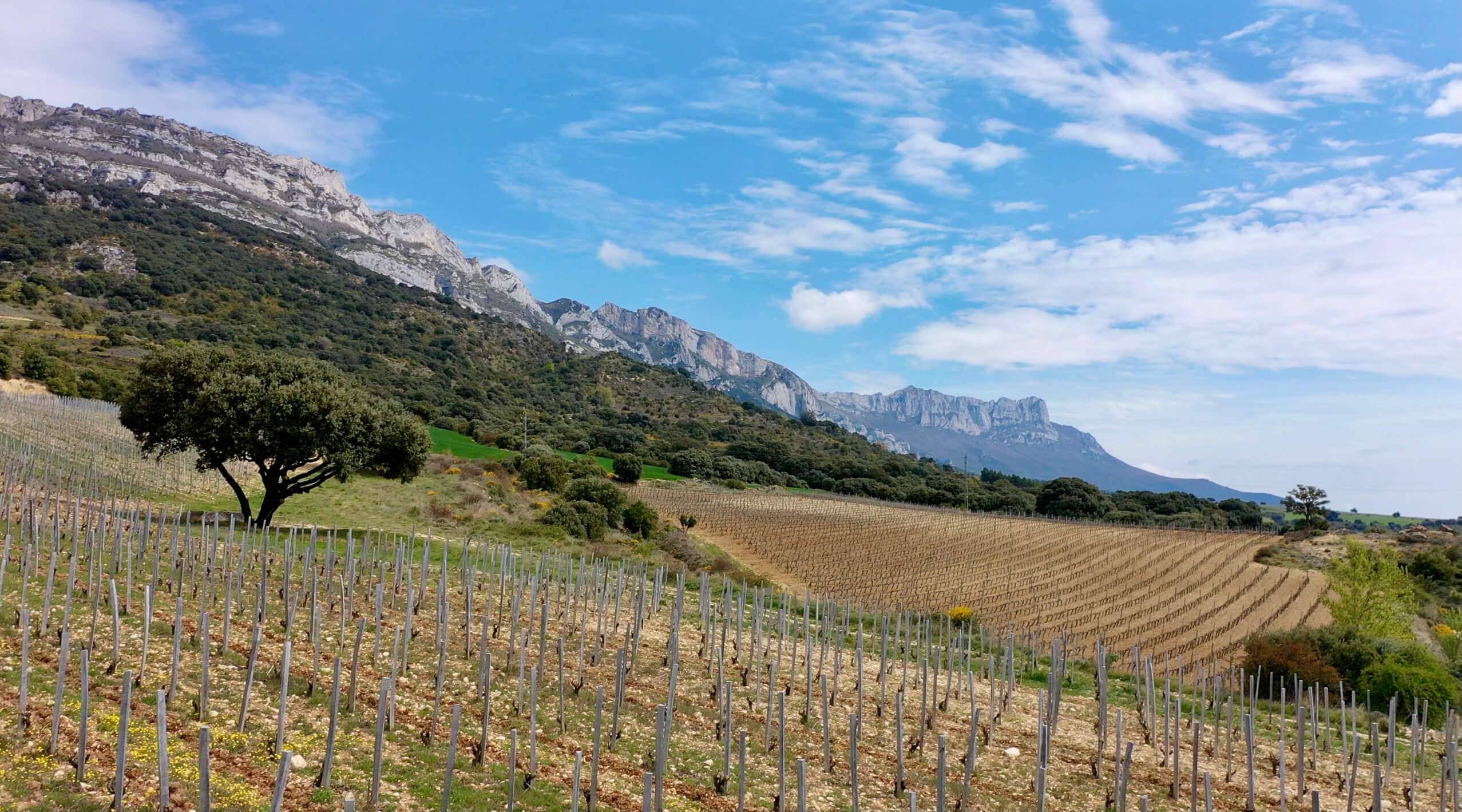
There is almost no question that one of the greatest values in our entire Source portfolio is the new addition of their Rioja, simply labeled ARTUKE. The 2020 ARTUKE is a traditional Rioja made mostly from Tempranillo (more than 90%) that goes through carbonic fermentation with whole clusters followed by three to six months of aging in concrete, similar to Beaujolais. Carbonic fermentation was actually the way Rioja was made for centuries prior to the arrival of Bordeaux négociants in the mid-to-late-1800s who crossed into Spain in search of suitable wine to tide over their market until solutions for phylloxera were fully deployed. I honestly don’t know who was first to use carbonic methods (it surely dates back thousands of years, long before these two wine regions existed) but there is no doubt of the juicy link between this wine and Beaujolais. With the ex-cellar tariff list in hand, I did a doubletake on the price and sheepishly asked Arturo if it was a mistake, hoping he’d let it slide if it was. He assured me it was so and also that he believes the wine merits its extremely fair price because of its low production costs and intentionally higher yield. This wine from a serious estate sets the bar for a range’s entry-level that the rest of the world might want to notice.
For those interested in more recent Rioja winemaking trends, the 2019 Pies Negros (which translates to black feet, in reference to the wine’s extractions done by foot and the resulting skin-stains) is the place to start. Still in an extraordinary price range for its quality, it will over-deliver on expectations. It comes from high-altitude vineyards tucked underneath the south face of the Sierra Cantabria Mountains in the La Rioja Alta village, Ábalos, which sits around 600m. Raised mostly in 500-liter old French oak barrels for a year, this Tempranillo wine carries a darker profile than ARTUKE and an expectedly deeper complexity. Similar in placement inside the range of a top Tuscan producer’s entry-level Chianti Classico, or Rosso di Montalcino—both categories of red wine that I believe are global wine industry standard-bearers on price, quality and top-level craftsmanship—Pies Negros is very serious, classically-styled Spanish wine at a not-so-serious price.
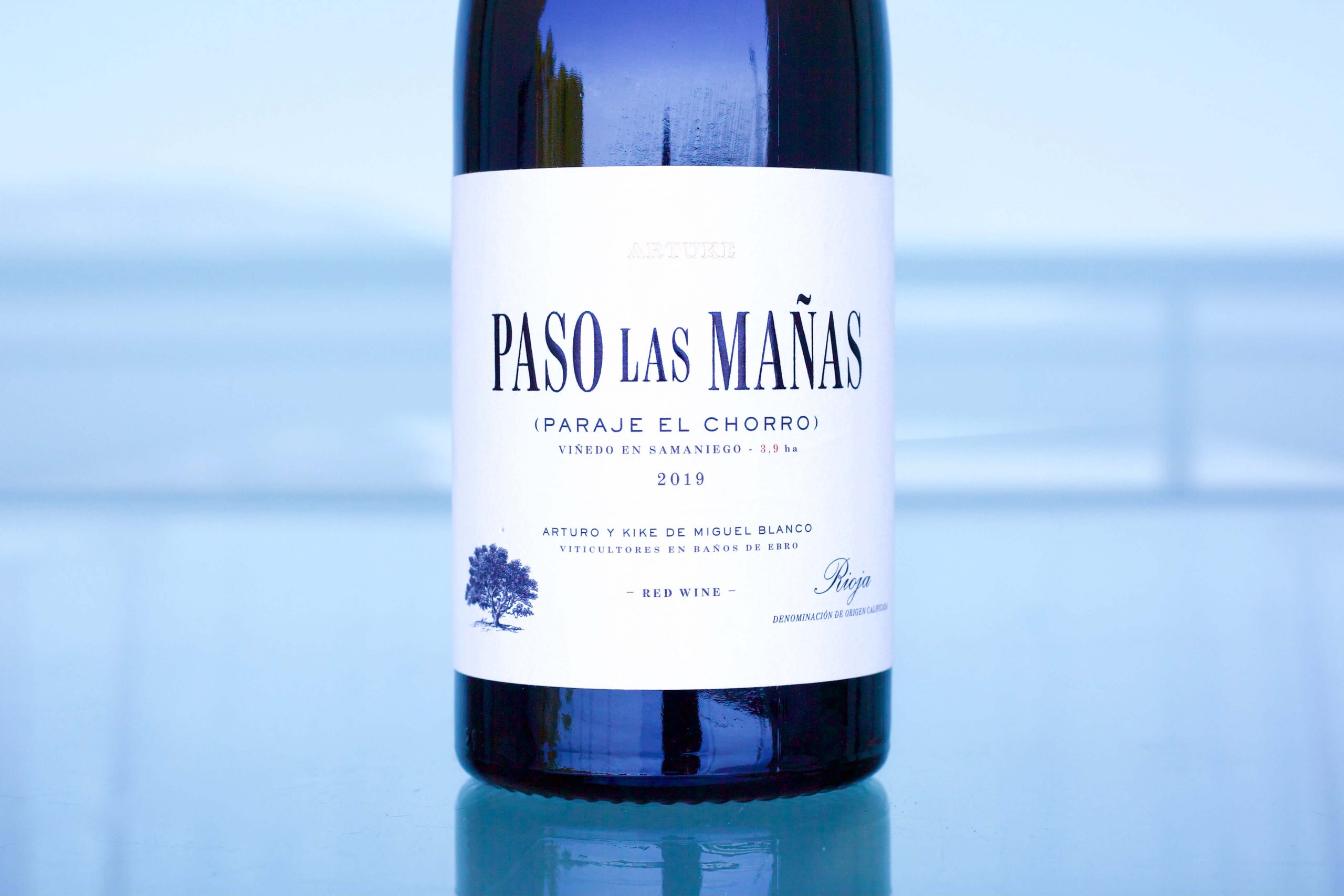
Artuke’s single-site Riojas are fascinating. All share a mouth-staining, cold-iodine-mineral texture, with the familiar streak of Tempranillo acidity that starts at the front of the mouth and dives deep down into the back of the throat, leaving graphite mineral sensations on the front and middle palate, and palate aromas of the gorgeous violet and lavender-infused grapey flesh of young Tempranillo. At an altitude of 700 meters, just below the limestone cliffs of the Sierra Cantabria, Paso Las Mañas was recently replanted entirely to Tempranillo on its limestone and shallow, clay-rich, and rocky topsoil. Syrah-like spice spirals out from the glass with brown and dark earth, licorice, and anise. On the palate, residue of allspice, and a gritty but suave texture is balanced with salivating minerality, along with a sharp, wild blueberry finish. Here, there are more lines and less fat than Finca de los Locos, a Tempranillo made the same way— though from a very different terroir—except that it remains limestone and clay, with much heavier clay on a flat terrace with old vines, with a mix of 20% Graciano. Arturo’s father bought this parcel at a time when everyone wanted plots further down on the flat lands closer to the Ebro River that were easier to access by tractor and had deeper soils that produce a greater volume; we must remember that not too long ago Spain was ruled by a harsh dictator until 1975 (hard to believe it was so recent) and fine wine was not the goal for the poor—it was a time for survival. His father’s parcel was the opposite, hence the word locos in the name, which means crazy, in Spanish, and implies that it was the country home of the crazies. While Paso las Mañas has trumpet-like octaves, Finca de los Locos is a long, Tibetan horn heard in a mountainous landscape with a deep, low and expansive vibration. But as with any compelling wine experience, its best moments are revealed after it’s been open for a little while. With time, these two wines find their groove and a more distinctive personality, shedding their youthful power and expressing more delicate qualities. I’m not the decanting type, but these wines may perform at their best after doing so, if you don’t have time to wait. Their second day is just as strong as their best moments on day one, perhaps even better. They should both age well, but they’re delicious now, too. While I seem predestined to prefer the more minerally Paso las Mañas, Finca de los Locos has equaled it in its own way, and after three days of nursing the wines I can’t pick a favorite. They’re just different and they’re a great complement to each other.
Artuke’s two flagship wines, El Escolladero and La Condenada, are so rare that we can’t get much of them, but we will see more in the years to come as we work our way further into better allocations at Artuke.
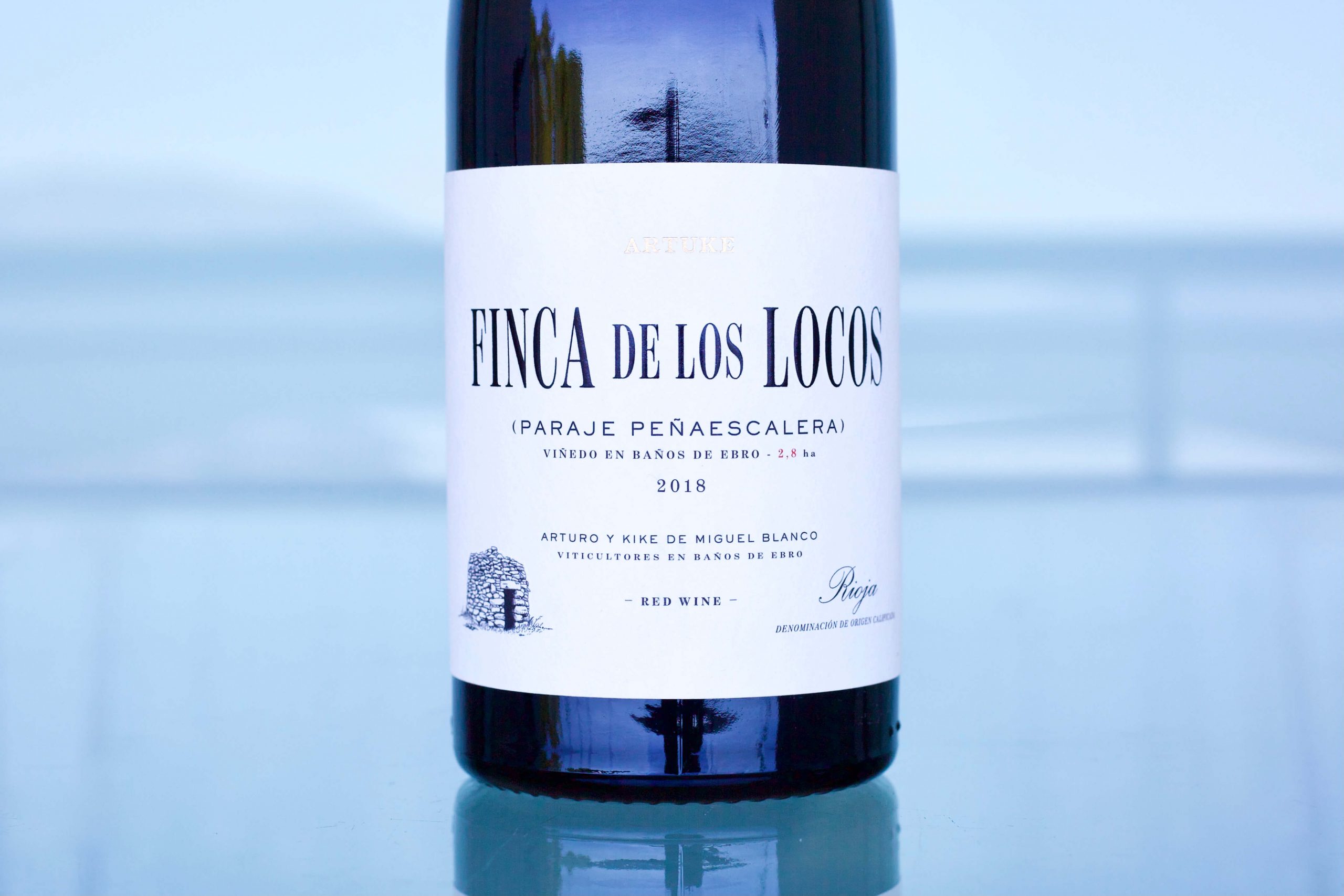
Spain’s Navarra has long been in the shadow of La Rioja, its illustrious neighbor on its western border. Just as Artuke’s Arturo de Miguel seems to be making significant strides as he inspires his fellow winegrowers in Rioja with Tempranillo, Navarra’s newest talent, Pedro Leunda and Jon Aseginolaza, with their eponymous label, Aseginolaza & Leunda is focused on old-vine Garnacha, historically the region’s predominate red grape variety. Educated as environmentalists and formerly employed in that field, Pedro and Jon launched onto the scene with their 2018 vintage (their third harvest), its results so compelling it was immediately noticed in all corners of Spain, including in the wine press and almost all of the country’s Michelin-starred restaurants. We have three different vintages arriving, all of which experienced very different conditions: 2018 the coolest, 2019 warmer, and 2020 somewhere in between. The wines come from high-altitude sites, mostly old-to-ancient vines planted on variations of calcareous sandstone bedrock, sandstone and clay, all organically farmed and running wild with aromatic plants like thyme, rosemary, and lavender—all left to grow freely, even between vines. The thyme is particularly amazing stuff, so aromatic it’s like a hybrid with lavender—crazy!
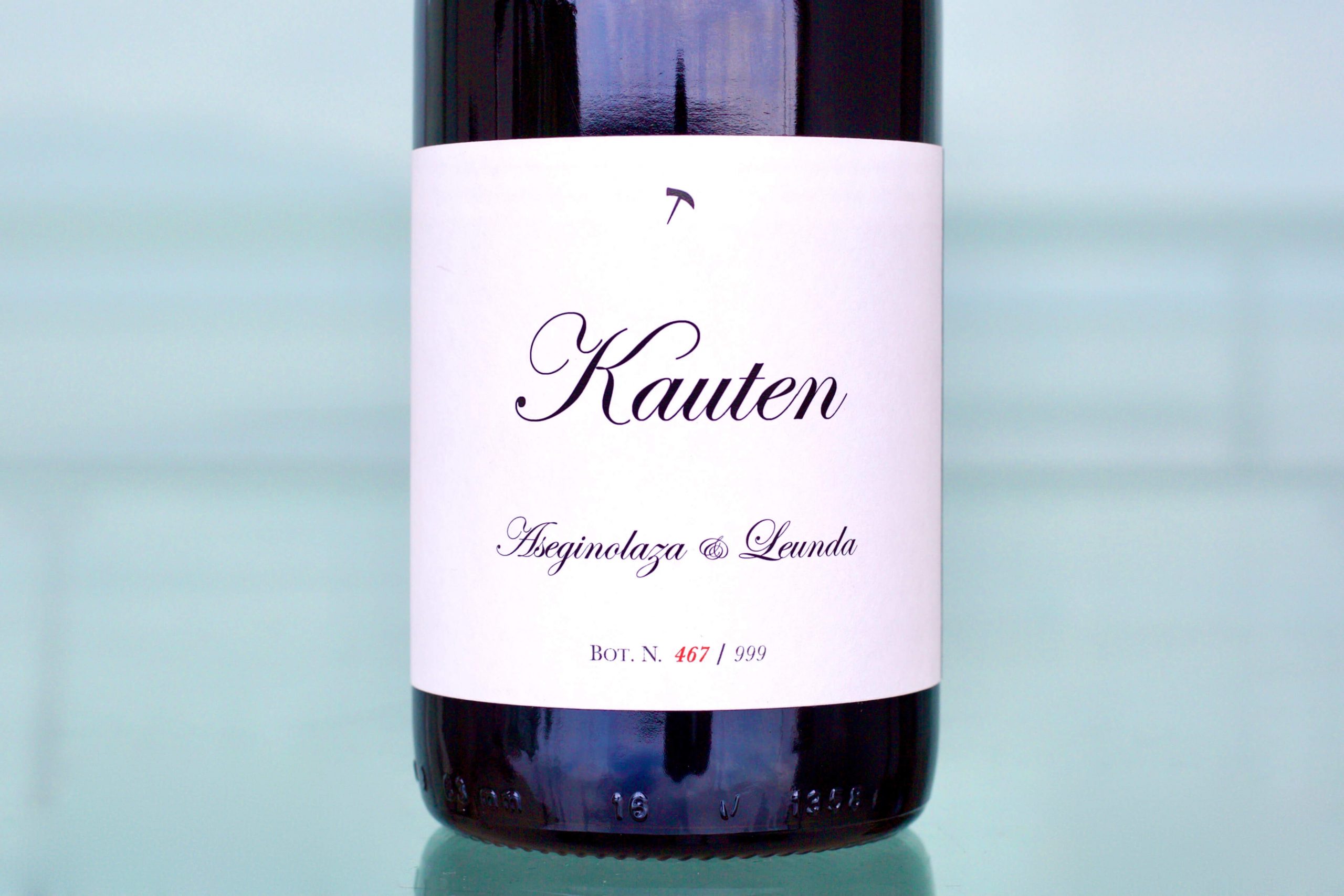
All their wines are in quite limited production, with merely 1000 bottles imported for the entire US, cut up between seven different bottlings, two of which have only 24-36 bottles. At first I thought it would be a little silly to import such minuscule quantities of a few of their specific wines, but the 2018 Camino de Santa Zita, a pure, old-vine Garnacha, and 2018 Camino de la Torraza, an equal blend of old-vine Garnacha and Cariñena, are rich in flavor of the Spanish countryside and express mesmerizing aromas; our buyers absolutely must get to know them, even if there is nothing really to sell, so as to witness the potential of this new beacon of Navarra’s future. Also in the red range are four others, each with their own specific characteristics. Kicking off the reds is the 2020 Kauten, made entirely of Garnacha. Aromatically the brightest and lightest in color, leaning more toward a crimson red, this is the most playful of their wines. Not to be taken too seriously while at the same time not letting its complexities go unnoticed, the vigor of its young vines bring on its upfront appeal while the 25% stem-inclusion was a solid stylistic choice to soften its wonderfully aromatic, taut red berry punch. If Kauten represents the spring and early summer berry fruits, 2020 Matsanko (75% Garnacha, 15% Tempranillo, and 10% Viura) shows early spring sugar plums (perhaps influenced by the little bit of Tempranillo) balanced with exotic green notes. It comes from old bush-trained vines, which is noticeable in the wine’s broad palate expanse. While plums are mostly harvested in the summer, the overall appeal of this wine is one for the autumn.
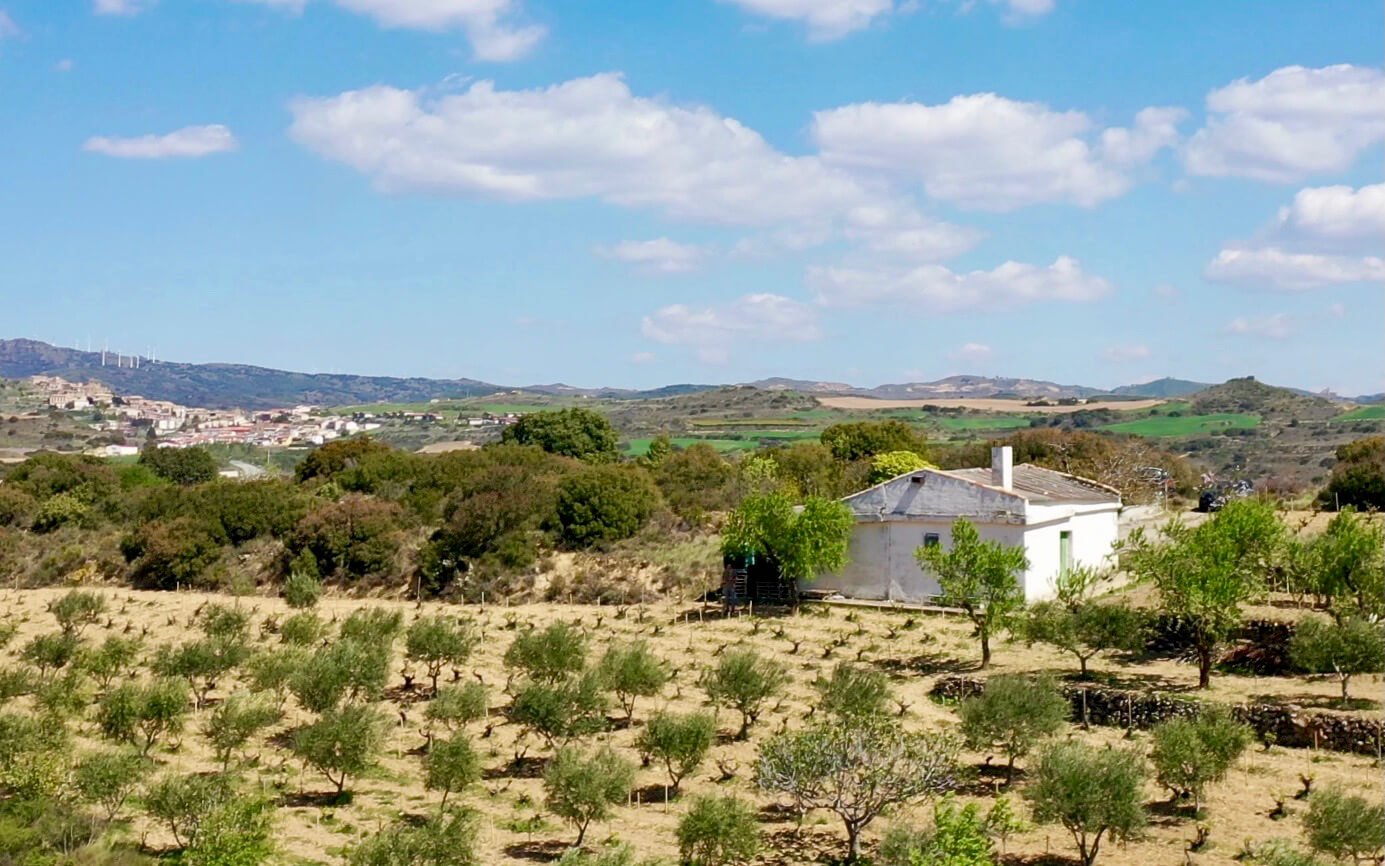
In the middle range, the 2019 Cuvée (88% Garnacha and 12% Tempranillo) is a lightly extracted ruby red, subtly woven with a lovely high-toned red fruit; it still remains more firmly planted in the savory realm than the fruity—perfect for food. Almost marked by its surroundings of wild aromatic herbs (known as garrigue, in French) and a delicate orange blossom note, the 2019 Cuvée las Santas (100% Garnacha) is composed of all the single-vineyard plots that in 2019 didn’t yield enough fruit to make into individual bottlings—including Santa Zita and Torraza. It’s only slightly stouter and spends a few more months in old oak barrels than does Cuvée. It’s a deeper scarlet, sanguine red, and carries a welcome gentle amargura to balance its glycerol mouthfeel of its old-vine fruit. If time isn’t available, a slow-pour decantation will surely speed up to full reveal. Aseginolaza & Leunda’s savory wines capture the essence of the Navarra and will always be best with food. Imagine these wines on a rustic Spanish wood table next to a vineyard eating jamon de bellota and chorizo with a wood fire readied for Galician beef chuleton (ribeye) or some black Iberian pig cuts with gorgeous marbling of fat, and dark red meat, like the cuts la presa, el secreto, and la pluma. The second day of tasting these particular 2020 bottlings proved even fresher and redder in fruit tone than day one, and the 2019s were even gentler on the palate—so promising!
The Ramoser family’s Südtirol wines will finally arrive toward the end of the month, but one never knows these days with all the extra delays. As mentioned on our website profile for their wines bottled as Fliederhof, I adore the duality of the local, indigenous grape varieties, Schiava and Lagrein, especially when they’re made as precisely as Fliederhof’s. We brought in two different vintages of their Schiava-based wine grown on volcanic porphyry and rocky alluvium to get as much into the market as possible. The 2019 and 2020 St. Magdalener Classico, composed of 97% of Schiava (with the remainder Lagrein) are wonderfully inviting examples of this grape grown under two opposing seasonal conditions. 2019 was warmer so naturally the wines are fuller, rounder, and more fruit forward for this already pale-colored, light and fragrant grape variety; there was also 15% whole bunches in the fermentation. 2020 was a cooler year with a lot of precipitation but a great finishing month around harvest time, leading to a wine with stronger palate textures and angles, and more taut red fruit notes. The wines are gorgeous and fun to have side-by-side to better illustrate the differences between the seasons.
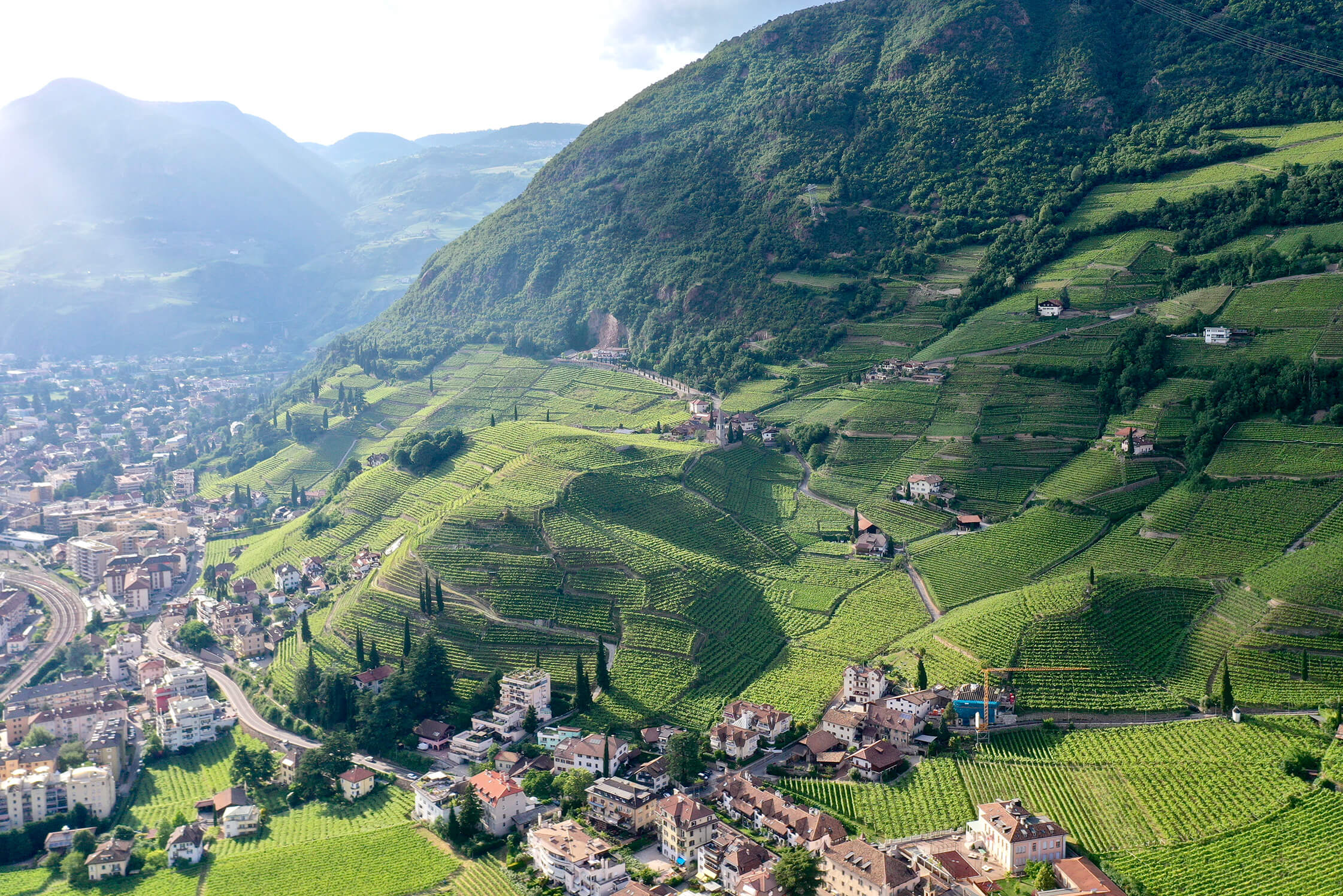
The 2019 Lagrein is what one expects from this palate-staining wine, but with finer edges and a cleaner aroma than most Lagrein made in the area. To me, many of the Schiava and Lagrein from Südtirol often have reductive elements deep inside the wines, inhibiting their full openness. At Fliederhof, the young and talented Martin Ramoser is aware of these reductive tendencies and works early in the fermentation to ameliorate them, ensuring that his wines shine brightly, and they do! Unfortunately, the Ramosers only have a single hectare of land in the area, making their wines quite limited. Martin, with his alliance with nature through organic and biodynamic practices, has brought their multi-generational family a new level of winemaking. Industry peers have also taken notice by awarding his 2019 St. Magdalener with the best Schiava of the vintage. There are only 900 bottles between the three cuvées to spread across the US, but they are worth getting your hands on to remind you of the merit of Südtirol’s reds. There is another video I filmed this summer during my big trip with Martin Ramoser. Meet the man and learn more about his wines at https://thesourceimports.com/videos/
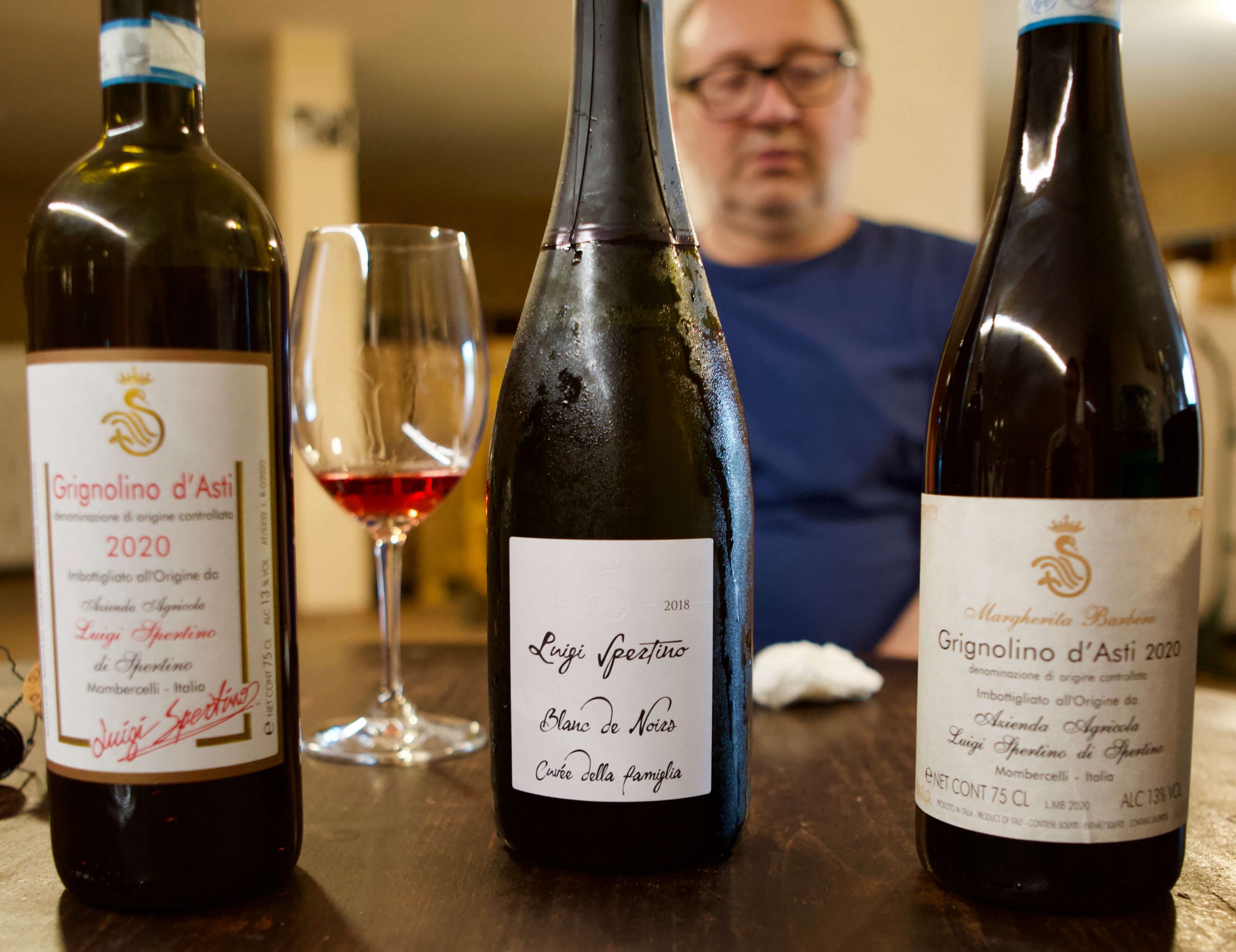
Mauro Spertino is our portfolio’s sorcerer, an alchemist of his trade, with a Guillermo del Toro-like imagination for his wines from Cantina Luigi Spertino. He again dazzles us with a lineup from his upper-tier division that will surely be of interest to all restaurants with tasting menus, as well as anyone interested in wines that have as much of an aperitif quality to them as they do for food matching. Those of you lucky enough to know his Grignolino d’Asti will be in for a surprise with his 2019 Grignolino d’Asti “Margherita Barbero” raised in amphora and grown on a nearby hillside with a greater quantity of clay mixed in with sand. (Historically, sandy soils are more common in the cultivation of this very light-colored, almost transparent variety.) When our sales team tasted the 2018 version the first time at the cellar in the beginning of 2020, they went bonkers; and rightly so! It’s not only fascinating, it’s otherworldly, and delicious! We also brought in the 2019 Barbera d’Asti “La Grisa”, the new release of this typically deep-colored wine crafted with intensely dense, savory material to offset the sting of this variety’s acidity. Mauro’s Barberas are purposefully augmented to stylistically echo the deeper red wines of Valpolicella (but only a quiet echo!) with a short dehydration of the grapes prior to fermentation. The results make up for the lack of tannic textures intrinsic to this variety, with palate-coating, rich, concentrated flavors of taut fresh red (despite the drying of the clusters) and dark fruits with savory, beguiling x-factors that don’t drift too far from the familiar.
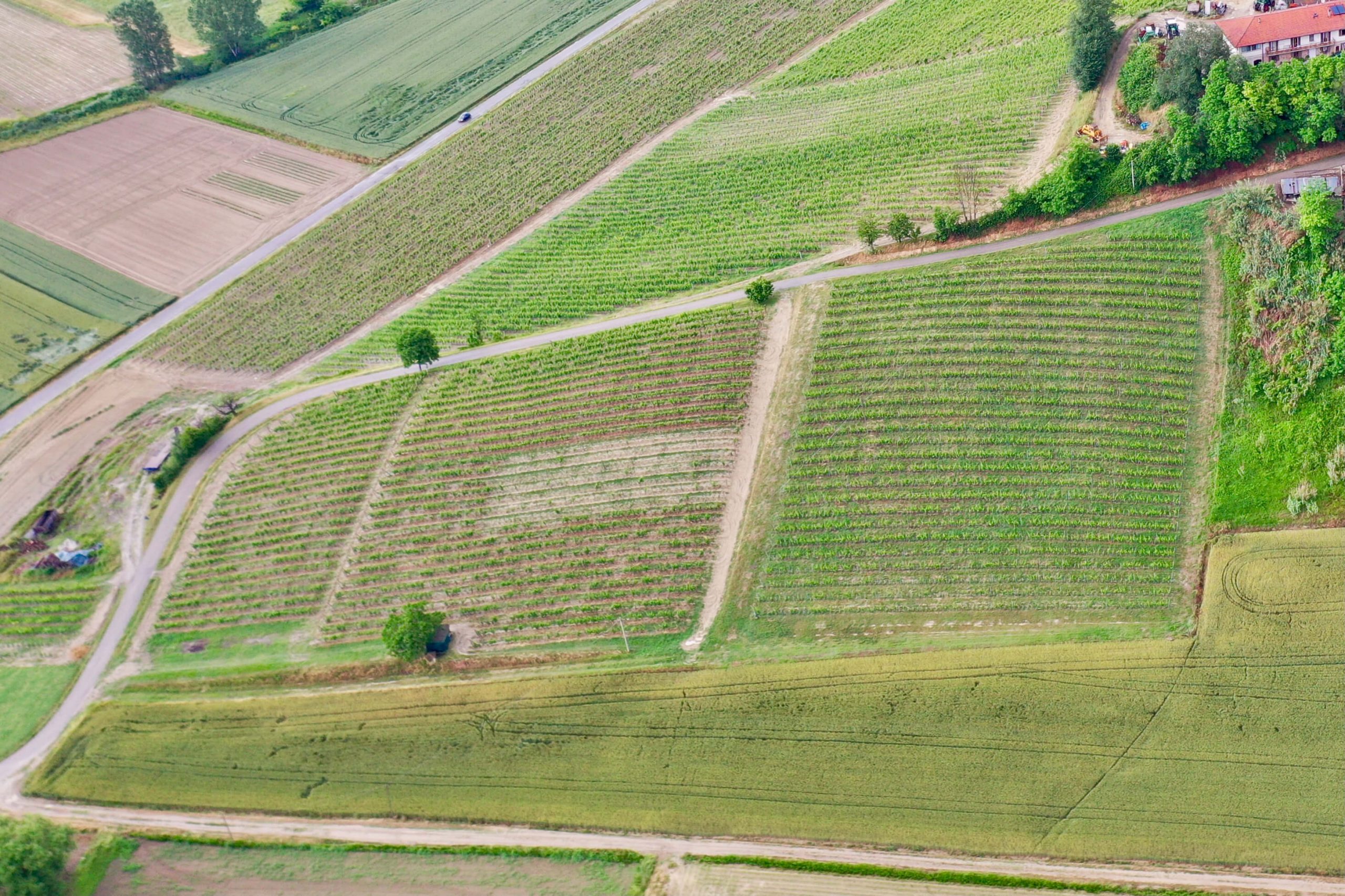
A true drifter into what used to be an abstraction in our business but is now the hottest wine trend, is Spertino’s 2017 Cortese “Vilet”, an orange wine raised in amphora. What a brilliant idea for this often somewhat uninspiring but very serviceable grape. Under Mauro’s hand, it takes on greater relevance and is a wonder to explore. As expected, tea notes lead the way, but with tremendous delineation between specific, refined aromatic notes, rather than the bludgeon of blunted herbal flavors that many orange wines offer. From what I’ve experienced (and I can’t say it’s been a lot over the years beyond producers historically famous for orange wines), it stands as perhaps the greatest example of orange wine I can remember. Lastly comes a new wine, the 2018 Metodo Classico Pinot Noir. Mauro’s first dive into bubbles is a great success and I, for one, fell for it straight away, and to my surprise he was intrigued that I was so taken by it. Imagine a nose gently filled with the first-of-the-season tiny wild strawberries and wind-blown scents of almond blossoms; a palate that is not commanding like a young Champagne, but rather inviting. The mousse is fine and the bubbles attack with gentle and invigorating cuts to the tongue. For aroma lovers like me, this is a must.
What a lineup we have coming from Austria! It’s a shame that dry Riesling isn’t as popular as it should be. Ask any fairly sane wine professional and it’s sure to make their top three white grapes.
Let’s start with perhaps the most startling development of one of our historic producers. Weingut Weszeli makes their top Rieslings and Grüner Veltliners with 30-month aging in large, acacia foudres. Who does that? Very few indeed, but more should! That alone makes their wines quite different from other Riesling producers around the world. While they’ve fully committed to certified organic farming since 2017 and biodynamics in 2019, the truth is that they farmed organically for many years before their certification, and this can be tasted in each wine’s kaleidoscope of pronounced nuances surrounded by subtler notes. All that time is spent in non-new oak (although there is an occasional wine marked by a touch of new because they buy a fresh foudre every other year or so) which leads to great durability that transforms their fresh fruit qualities into something more savory and multi-layered with a seemingly endless well of depth. I am genuinely impressed by their path and what they’ve already accomplished.
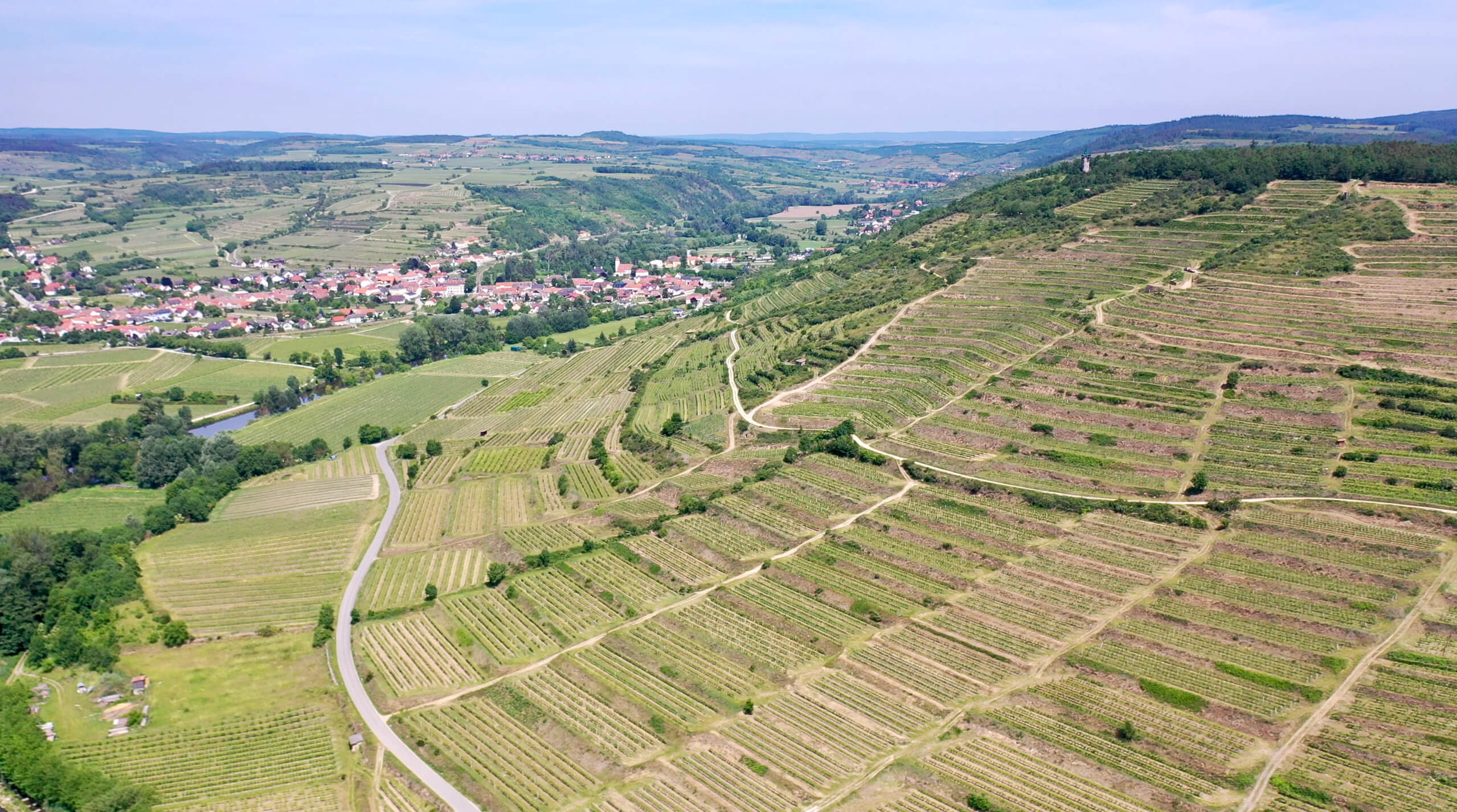
My usual takeaway with Weszeli is that their wines are alive and moving. A critique might also cite their copiousness, but I think that following a couple of kill-everything-in-the-vineyard-but-the-vines, and leave-only-the-rocks! generations may have made our expectations for the body of Riesling more spare, the way those same generations fashioned the body of Champagne. Things are changing, and today’s wines made in more of a nature-friendly way that were in the past leaner are beginning to express more expansive volume and bigger flavors on some fronts (in the case of more naturally-farmed Riesling and Champagne), while others take on more subtlety (like many red wines with a tannic history that are notably softer with less angularity and harshness as a result of more natural farming). While their top wines spend a long residency in large wood casks, the method appears to toss out ubiquitous (and elementary) characteristics in exchange for a terroir viewed through a different lens. Davis Weszeli and his right hand, Thomas Ganser, have invested a lot of time (and money, on Davis’ end) to keep these wines healthy and maturing into something more compelling than they would be with less time in the cellar. They maintain a distinctive house style, and that helps them stand out in a sea of formulaically made, predictable Austrian Rieslings and Grüner Veltliners.
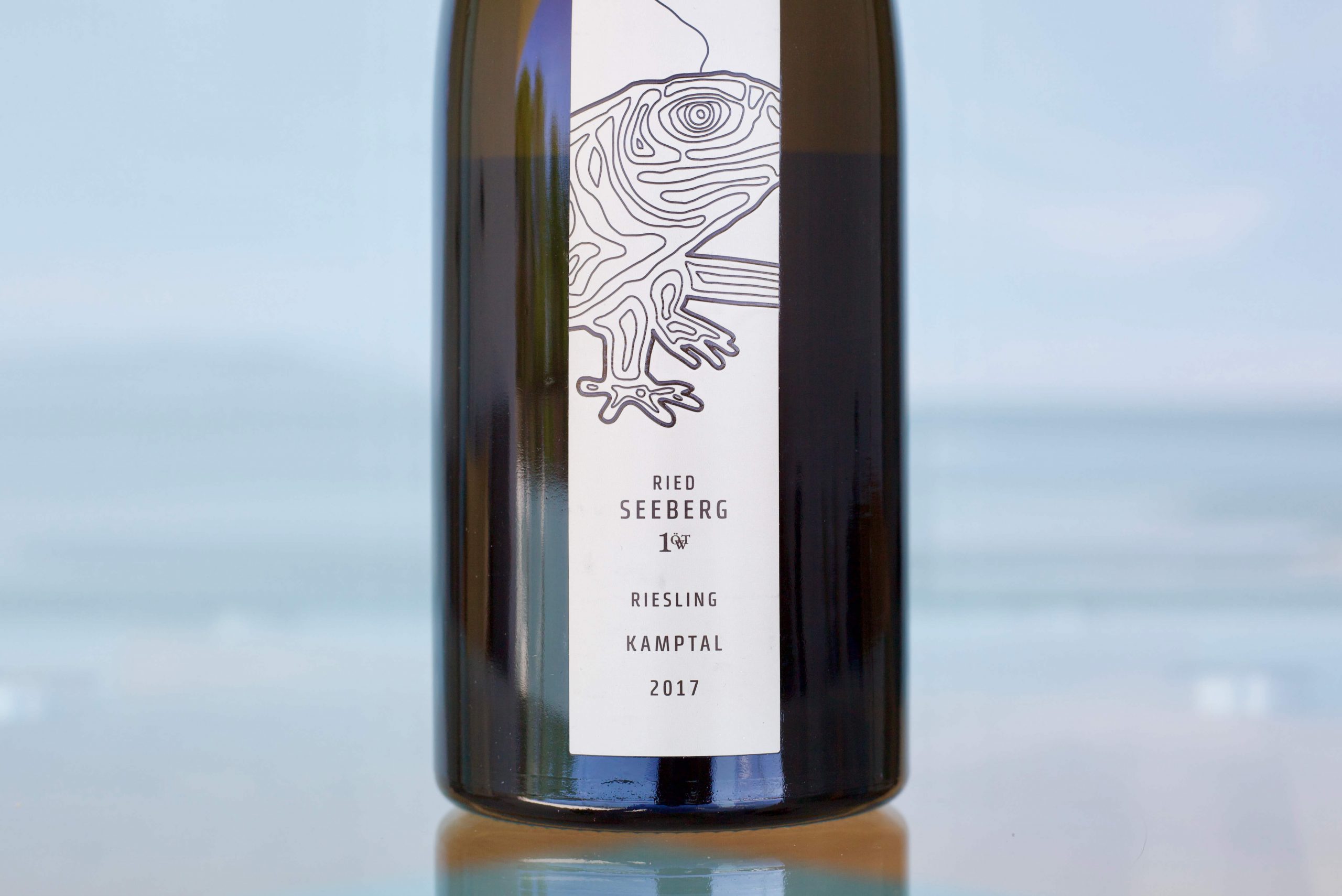
Weszeli’s wines are usually a mouthful. In 2017 the stars aligned and Weszeli’s greatest vintage to date appeared. Endowed with a soft but full-flavored, underlying nectary quality they often match the expansive body and richness of Chardonnay but with an incomparable acidity. We start with the 2017 Riesling Seeberg. Exotic but trim, and the most discreet in this range of full-flavored Rieslings, it’s slightly herbal in a minty way, and showcases a textural balance between the slightly gritty and glycerol. Planted in the 1960s on mica schist bedrock, its refreshing acidity emits an enzymatic electrical vibration similar to a pineapple, or kiwi. Grown on more hard gneiss than the slightly softer mica schist, the 2017 Riesling Steinmassl is powerful and spicy with a salty nose of preserved lemon and lemon curd—two aromas I adore! More tense in white stone fruit and high-acid yellow fruit, it’s nuanced with a thin dusting of almond flour. Weszeli’s first Heiligenstein was their 2015, and it’s a doozy. However, the 2017 Riesling Heiligenstein is a true achievement. Like the other two Riesling crus observed over three days, it gained momentum the longer it was open with no sign of fatigue. This vineyard’s distance from the colder sections of Kamptal (in Seeberg’s direction) and further into the path of warmer Pannonian winds from the east embellish its richly expansive qualities. It’s the broadest wine in their Riesling range and perhaps the most crowd-pleasing. They own a mere sliver of the hillside, so quantities are limited.
Michael Malat is one of Austria’s most promising young talents. And while 2019 is widely regarded as one of the great Austrian vintages of the 2010s, with 2013, 2015 and 2017 the leaders, it is yet another bigtime success for Michael. (2010 should’ve been one of the greatest too, if not the greatest in longevity for a variety predicated on its acidity and ability to balance that over time when in a seemingly overabundant quantity, but most producers deacidified… openly! For shame! But at least they were honest about it… However, I suppose it was partially a preemptive move by both Austrian and German growers in anticipation of a press that would’ve predictably commented about unbalanced acidity when tasting them young to keep their readership confident… But isn’t this what epic vintages are made of? Have we forgotten everything we’ve learned?! Goodness! Stay calm, reader…) One of my favorite things about Michael’s wines is their upfront appeal and nicely tucked in nuances. When I write or think about them I always resolve to drink even more Malat wine because of the joy they offer. On a rainy day in Portugal, they bring some much-needed sunshine. With their orange and yellow fruits—strangely a match for the yellow on their label and foil capsules—they are bottled pastoral Austrian sunshine and its verdant, rolling-hill countryside.
Malat’s Riesling trilogy is indeed special. First is the 2019 Riesling Steinbühel, a name that dates all the way back to 1322 and means “stone hill.” Grown on a bedrock of granulite (a high-grade metamorphic rock similar to gneiss) with a loess-rich topsoil mixed with eroded bedrock, it’s perhaps the most elegant in Michael’s range of top-flight Rieslings. The 2019 Riesling Silberbichl follows its typical qualities with strength in mineral impressions and broader power than Steinbuhl. Known as Silberbichl since the fourteenth century, which means “silver hill,” it’s named after the shimmering silvery reflection of the mica schist bedrock and topsoil best observed with the sun’s rays lower on the horizon. The newest addition to the lineup is one of the rare wines made at Malat from someone else’s vineyard. The 2019 Riesling Pfaffenberg is a glorious new addition to the range and wonderfully demonstrates how structurally different and contrasting the mouthfeel of wines are from this side of Kremstal on the gneiss rock compared to those on bigger terraces with deeper topsoil on the south side of the Danube with dozens of vine rows on each terrace, rather than Pfaffenberg’s, which holds nearly a maximum of two or three per terrace because of the steepness of the hillside. A family friend across the river with a small parcel offered up her Riesling fruit to Michael for the first time prior to harvest. Of course, Michael had to accept on both the level of friendship and the curiosity to work with this celebrated vineyard on a massive hillside on a cliff that seems ready to fall right into the Danube below at any minute. The wine is simply spectacular and maintains Michael’s predilection for immediate pleasure with seriousness surely to be found, but further inside. Checkout our new video of Michael explaining his wines at https://thesourceimports.com/videos/
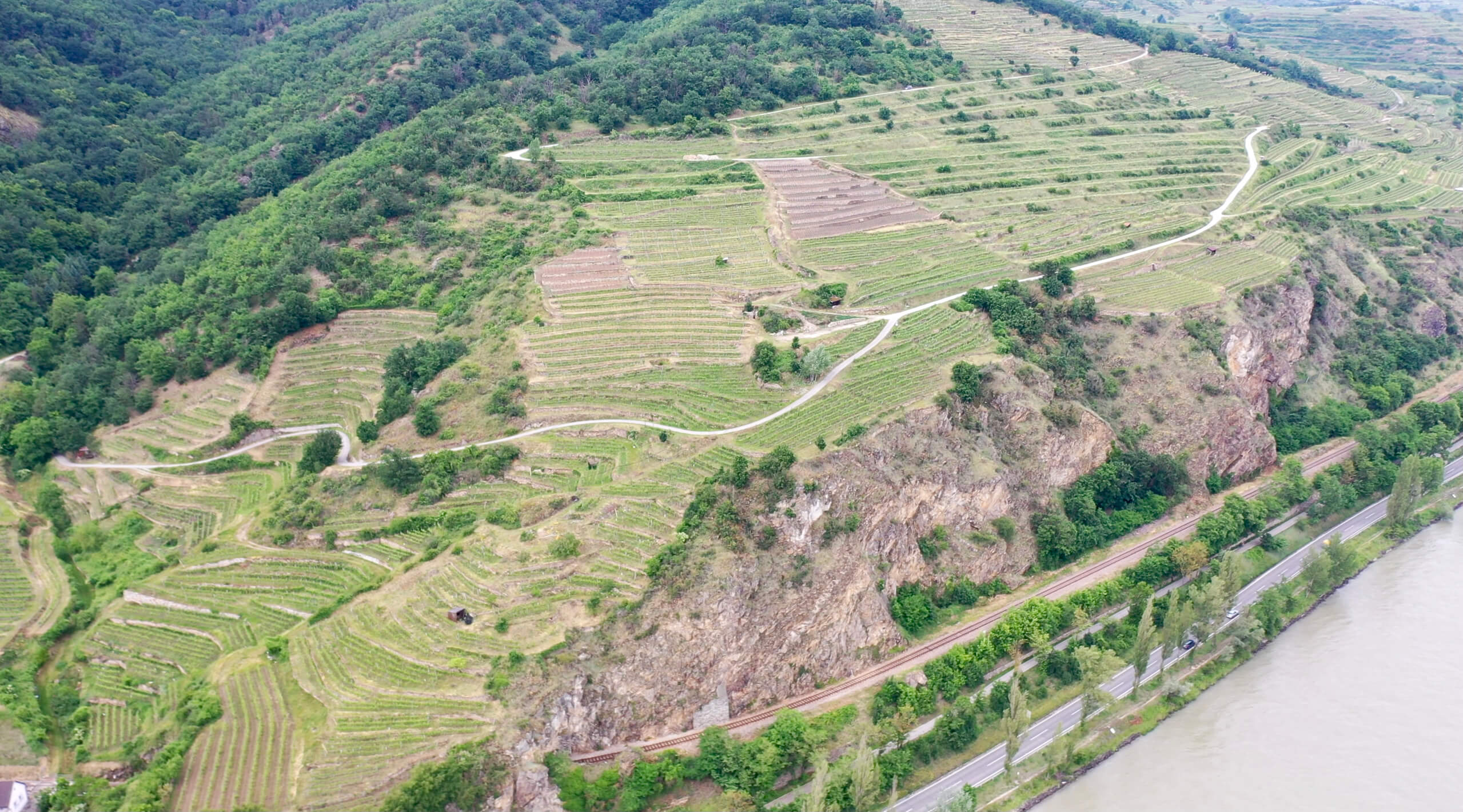
Veyder-Malberg, is, well, Veyder-Malberg… Glory is to be found around every corner of Peter’s wines and both the 2018s and 2019s have not disappointed. Our second batch of wines are a follow-up to the same ones that arrived in October. There may be some wine still unaccounted for, so give us a shout before it all ships out.
I fell out of love with Instagram. The process started a long time ago because I had always had a rocky relationship with it. Every time I posted I felt strange about the self-promotional aspect of it, which is clearly at odds with the fact that I’m running a business and it’s now a major player among commercial tools, but there you have it. When I was posting, though, I liked to showcase wines that truly moved me and that I took time to enjoy over a couple hours, with very few people. This section of our newsletter is my replacement for social media, where I have the room to share everything I want to share, in a medium that, to me, feels more organic to the process.
None of the wines I will write about here were merely tasted and not fully enjoyed from start to finish. Tasting is tasting and is so clearly different from drinking, and in my experience, it’s almost impossible to have an emotionally revelatory tasting with just a couple ounces. The evolution of a wine’s layers takes time, and those layers are gradually released at different stages after opening. For me, tasting surely has value, but it still represents little more than a two-dimensional take on something with at least three dimensions—with a fourth that may just be my imagination… I often wonder how many talented and experienced wine professionals actually take the time to sit down, relax and slowly drink the greatest wines on earth over hours instead of quickly sport-tasting them in the company of numerous people with an embarrassing, overindulgent amount of wine on the table that mostly goes to waste. Two great bottles, two or three people, over two or three hours? Done too infrequently, I believe. (And the fact that working sommeliers only have a single night or two away from the restaurant each week is not lost on me; it’s the nature of their trade that they see wine in a different way and are exposed to so many more than I am each year. Time to sit down is sadly very limited for them and I wish it could be different for this demographic of true wine lovers…) However, maybe the absolutely ridiculous prices of rare and special wine can be somewhat attributed to the wastefulness of sport and comparative tastings instead of more meaningful drinking—I wonder what my psychologist would say if I used that one in a session to better describe my habit… If we weren’t such a wasteful wine community, we could all afford to drink better, no? Great wine was never meant to mostly be tasted and analyzed. It was always meant to be drunk!
I drink wine every day. Probably shouldn’t, but I do. The problem with wine is that too much of this good thing is not so good for the body and mind. If wine didn’t have alcohol in it, I’m so obsessed and intrigued by it I guarantee you that I would drink it during breakfast, lunch, and dinner, and surely snack on it between meals while working, or even while at the gym—why not? Hopefully it won’t come as a surprise that I drink a lot of wines from outside our portfolio as well as our own. Of course, I’m infatuated with the wines from the producers we represent, but we have a minuscule portion of the world’s great wines—maybe less than one-thousandth of a percent of all the great labels out there. I can’t represent the life’s work of all my heroes in wine, but I can still admire them and their creations; and I do. What follows are a few wines I drank prior to the end of last year that simply blew me away or became a gateway that opened my eyes to personally discover another vein of vinous gold. I will keep to just a few truly noteworthy wines each month that imposed an emotional and moving experience that reinvigorated my spirit—this is my true measure of the greatness of a wine.
Our company has been out of the Kabinett Riesling game for a couple of years now with the amicable parting with importer Dee Vine Wine, but that hasn’t stopped me (and our Riesling-crazy staff) from drinking them! I love Kabinetts and the three 2019s from Maximin Grünhauser are simply stunning. I visited the estate four years ago and was able to walk the vineyards with Carl-Ferdinand von Schubert, an extremely lovely man, and the sixth-generation owner of these historical vineyards on their incredibly steep blue slate hill cultivated since Roman times. All the Kabs are wonderful, with Abstberg almost impossible to beat on all-around quality, but it was the electric blue slate Bruderberg that literally sent shivers down my spine. It’s rare, and that’s unfortunate, but it’s not expensive if you can find it… At LA’s Terroni restaurant, before my return to Portugal, I had a bottle of 2006 Cavallotto Barolo Riserva Vignolo from my cellar with friends, Peter, and Kevin O’Connor (an old friend and our new National Sales Manager). It was a bottle of near perfection and all of us were flabbergasted by how simply gorgeous and approachable it was straight out of the gate; in fact, we had to set it aside because we were finishing it off a little too quickly. Alfio Cavallotto and I have maintained a good friendship for quite a while, since we worked together for a few years, and I’m proud of what he and his family achieve every year. Lastly, is a Spanish wine from Gredos, a territory just northwest of Madrid, 2017 Bernabeleva Garnacha de Viña Bonita. Pale in color with rusted-orange, light red trim, like a lightly extracted Barbaresco combined with the faint color of a 2001 Mugnier Chambolle-Musigny, it was one of the most compelling new wineries for me in 2021. So delicate are the aromas, filled with gorgeous, dainty red flowers and slightly oxidized skin of first-of-the-season strawberries. Its high-altitude granite terroir showed through with great purity. It’s the best experience I’ve had from Gredos. (Side note on Mugnier: a bottle of 2013 Mugnier Chambolle-Musigny I shared with my wife and our friend and co-worker, JD Plotnick, was perhaps the most memorable single bottle of wine for me in 2021.) Ok, one more! Like Bernabeleva, I’ve totally fallen for this Sicilian Nerello Mascalese producer. I’m sure I’m way behind the times on this in that every informed wine buyer probably knows them already, but wow… The 12.5% alcohol 2018 Eduardo Torres Acosta “Pirrera” Nerello Mascalese rocked me, along with many others I explored in his range at the same time. X-factor for days and a sublime, glycerol texture, with only ashy, aromatic hints of its volcanic terroir, its belt was loose enough to let the vineyard and wine’s entire ecosystem deliver its quirky intricacies while framed tightly enough to understand the quality of craftsmanship at this supernatural, natural-wine cantina. Bravo!


